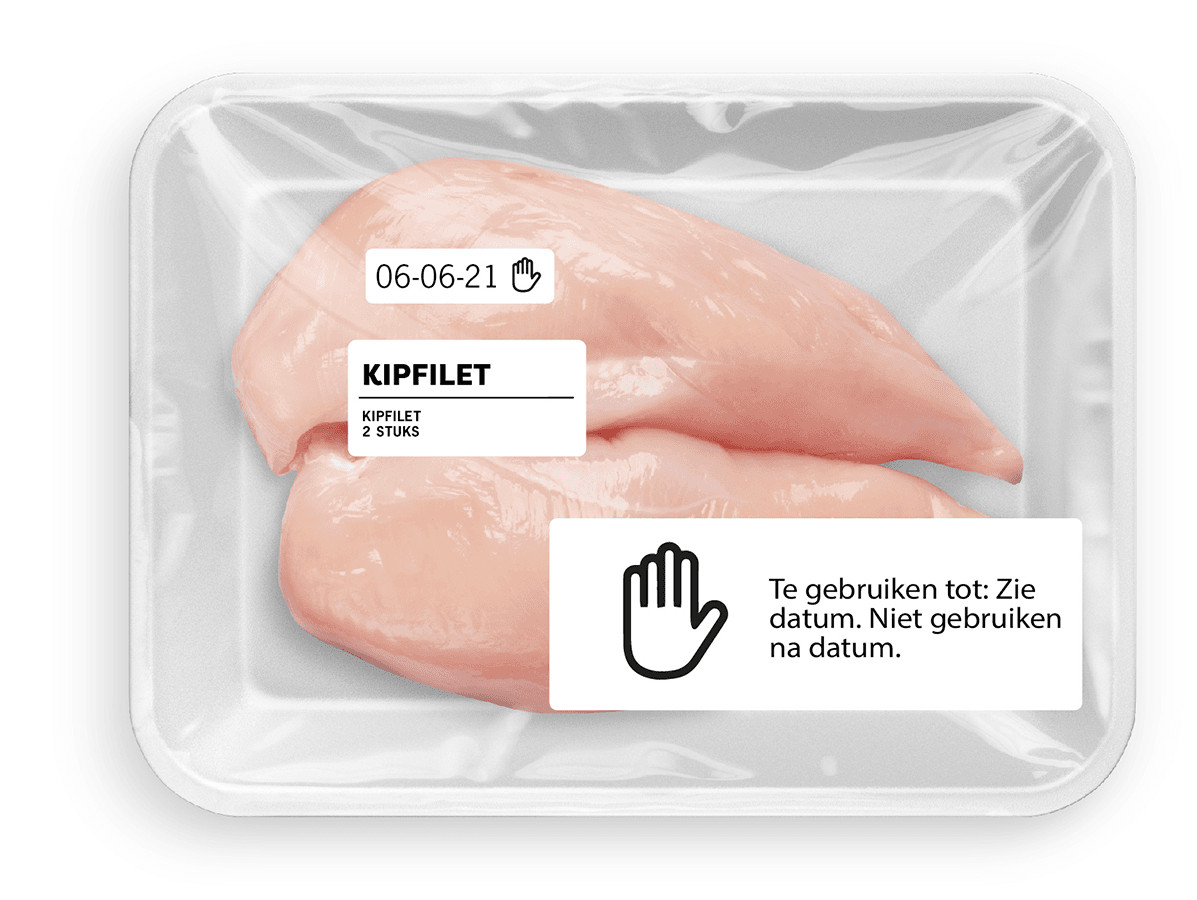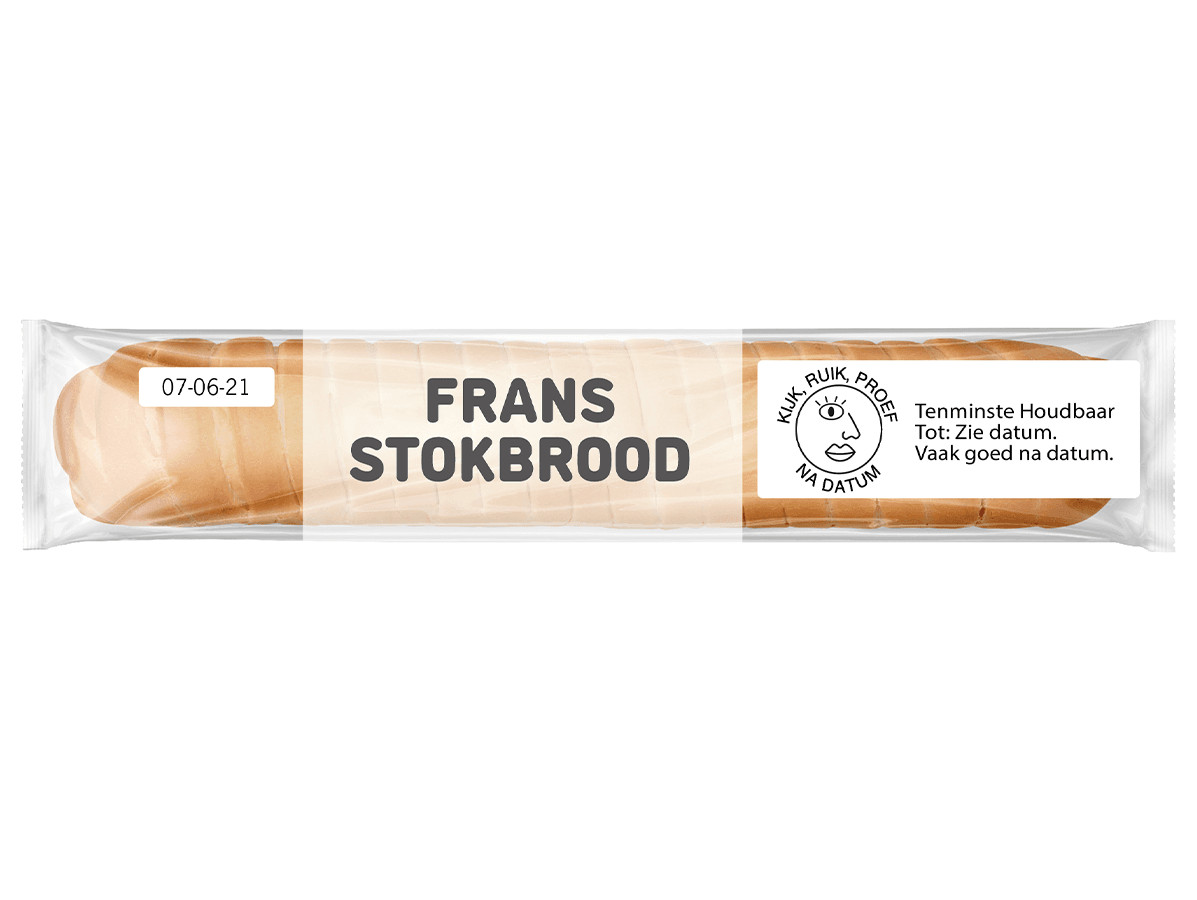
A recent study from Wageningen University & Research for the Ministry of Agriculture, Nature and Food Quality, in collaboration with the Dutch Nutrition Centre, the Foundation Food Waste Free United and Too Good To Go, has revealed that date marking related visual cues on packaging can help consumers to reduce food waste. The study concludes that it is worthwhile investing in clear expiry date information on packaging and offers a starting point for putting this into practice.
'Look, smell and taste; often still good after the expiry date’ versus ‘Do not use after expiry date’: the desired behaviour in response to the best- before (BB) date is quite different to that for the use-by date, but many consumers do not know the difference. As a result, they often throw away food products that are still perfectly edible. The confusion between the best-before and use-by dates accounts for about 10% of food wasted in the home. That is a considerable amount taking into account that the average Dutch consumer throws away about 34 kg of food annually (including viscous liquids and dairy).
The Ministry of Agriculture, Nature and Food Quality commissioned Wageningen University & Research to investigate the added value of date marking related visual cues on food packaging. For this consumer study, four different icons were designed by the partners involved in the project for both the best-before and the use-by date.
When presented with a cue, these participants were less likely to discard best-before products after the date. Moreover, with a cue, they were more likely to eat use-by products on the expiry date, but they were less likely to use these products after this date, which is exactly in the desired direction.

Most consumers (70%) look at the expiry date and combine this with their own (implicit) knowledge (about a product or based on their senses) to determine how long a product can still be used. In the survey, 30% reported that they also read the additional, legally required information on the packaging. This suggests that the icons and text should be placed near the expiry date so that consumers are more likely to see them. “This is an easy way to help people to reduce food waste at home,” says Stroosnijder.
Organising a new system of expiry dates on packaging is a challenge that requires collaboration between all actors, according to programme manager Sanne Stroosnijder. “It is difficult for food manufacturers to place all information required by law on the package, such as the list of ingredients, allergens and the nutritional value. Moreover, many companies sell their products in several countries, which requires product information in several languages on the packaging.”
According to Stroosnijder, it is of critical importance that the government, the business community and social organisations work together to improve the information about expiry dates on packaging. Consumers also benefit from practical tips on how to deal with expiry dates at home, such as a fixed spot in the fridge for products that are near the use-by date, how to recognize expired products and get inspiration for waste-free recipes.
Source: Wageningen University & Research